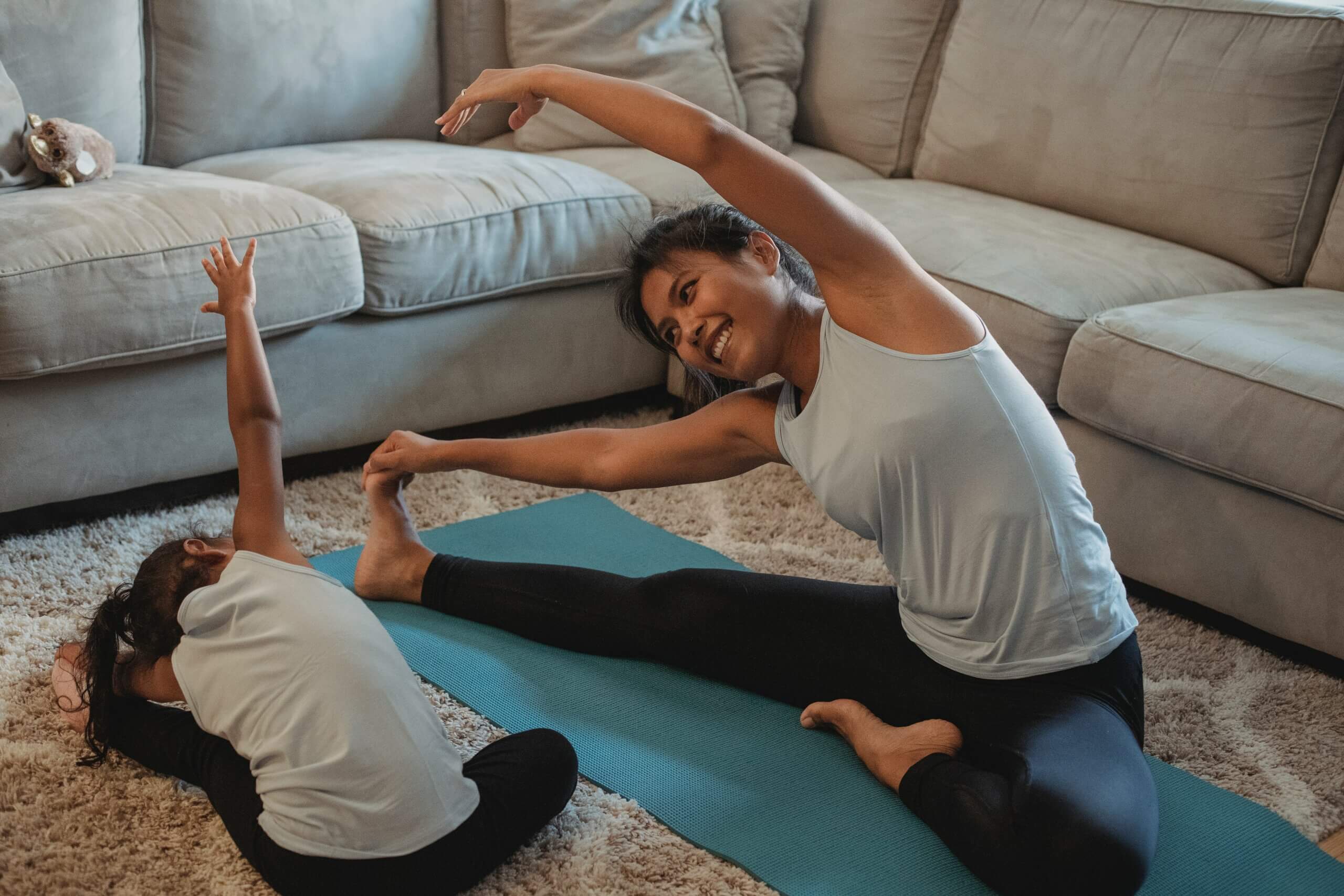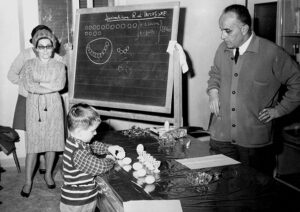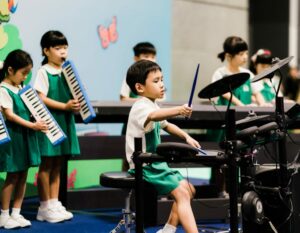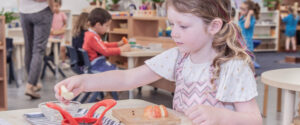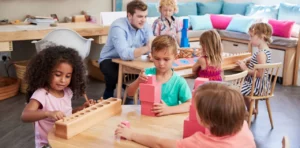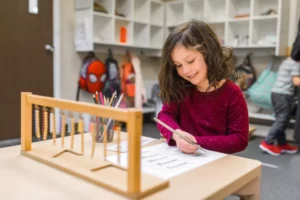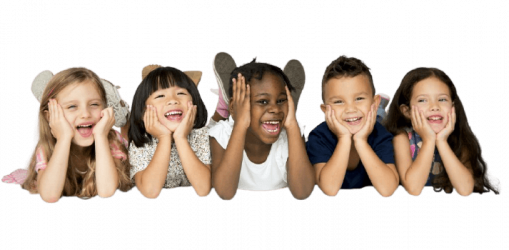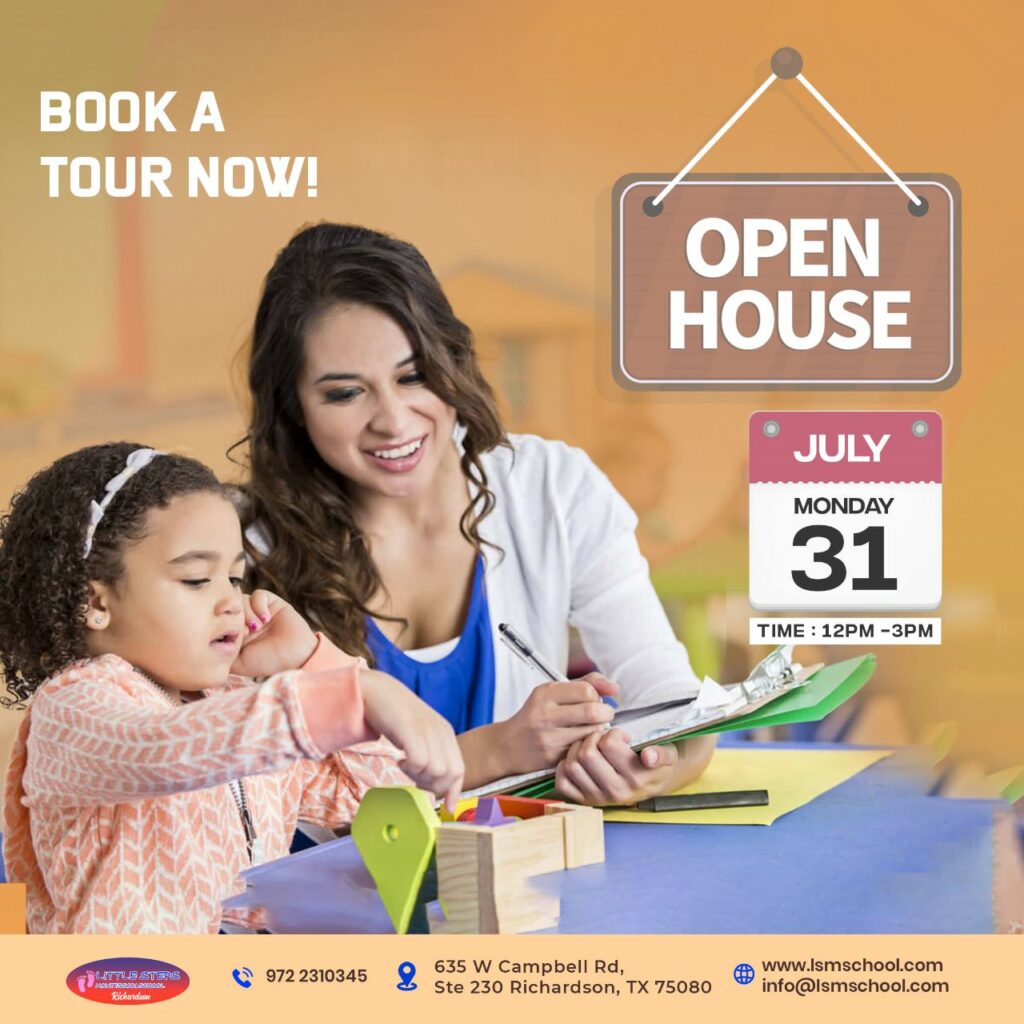Having kids engage in regular physical activity has numerous emotional, social, and physical advantages. Continue reading to learn the benefits of physical education for kids.
Our young scholars enjoy moving around throughout the day. Physical activity allows kids to let off steam, breaks up the monotony in the classroom, and encourages participation. Physical education plays a significant role in education; thus, it should be incorporated into a child’s day at your facility.
Know the Benefits of Physical Education for Kids
#1 Physical Benefits
Regular exercise promotes healthy body weight and strong bones and even improves sleep. While their bodies will naturally require more energy to keep active, regular physical education can even inspire kids to eat better. The health of your heart and blood vessels will benefit from aerobic exercise. Children are growing in many aspects, and physical development is crucial. Children’s endurance, strength, and flexibility can all be improved with appropriate, diverse exercise. Also, encouraging an atmosphere where healthy activities are accepted contributes to establishing healthy habits for years to come. We at Little Steps Montessori ensure to give kids the same opportunity for intellectual growth in promoting physical health!
#2 Relationship-building and cooperative skills
Physically active children typically have more chances to play with other kids. They get the ability to cooperate with others to accomplish a common objective. Children can cheer for and with others by passing a ball, running a relay, playing hopscotch, and timing how long a partner can help hula hoop. They can encourage one another as they descend the ladder of a tall slide. They playfully challenge one another to swing higher or sprint faster. Conflict resolution benefits from expending energy while interacting with others.
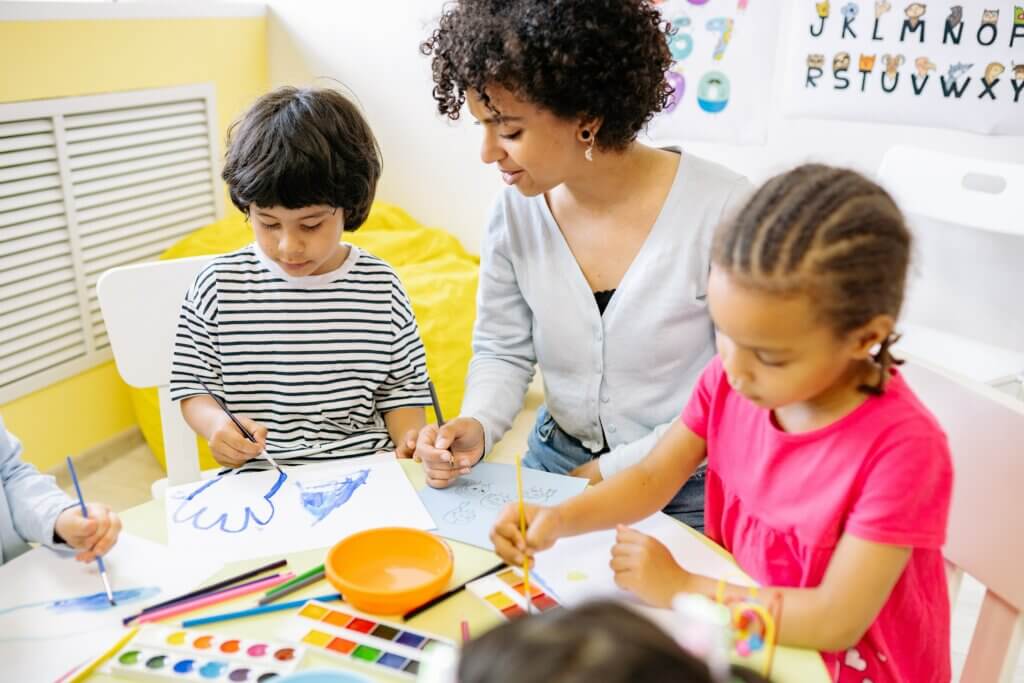
Kids are less agitated and frustrated when they have multiple outlets for their emotions. Sometimes all it takes to improve mood or give kids the space to process their emotions is a simple walk outside. Sometimes letting youngsters bounce a ball or hit a balloon back and forth to each other while they discuss their disputes with a peer will provide better results than a conversation that is held still. Children will develop life skills through physical activity that extends beyond the playground.
#3 Positive effects on learning
Physical activities are associated with better brain function. Physically active children actually learn language more quickly. They react to stimuli more quickly and frequently have high literacy skills. Physical education is linked to a child’s concentration, learning, memory, and stress management capacity. So, including physical activities in the day won’t divert kids’ attention. Instead, these exercises will improve the learning process for a child.
Children participating in regular physical activity will receive a more well-rounded and positive education. Physical education is crucial for a child’s growth and offers numerous short- and long-term advantages.
#4 Positive mindset
Children who are physically fit or who regularly exercise have better self-perceptions and can identify the capabilities of their own bodies. Children are more inclined to try new things when we expose them to various sports and activities, whether running, jumping, throwing a ball, or team sports. Kids will grow more receptive to novel situations.
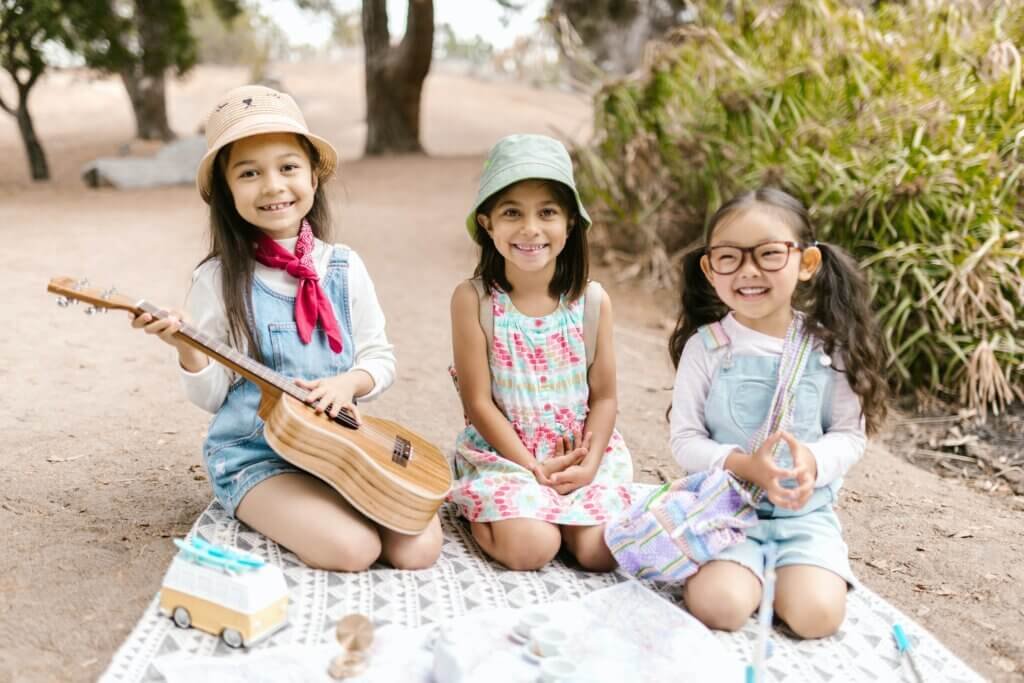
Youngsters will have a stronger sense of self-worth and learn how to manage stress in healthy ways. Young children can learn through physical education the many incredible things their body can do, which can help them develop a good body image.
Takeaway:
When it comes to early childhood education, it is important to consider physical education as well. Little Steps Montessori understands the importance of physical education or physical activities in early childhood education. Thus, we always ensure that your little one always does what they love and enjoys the journey of learning.

